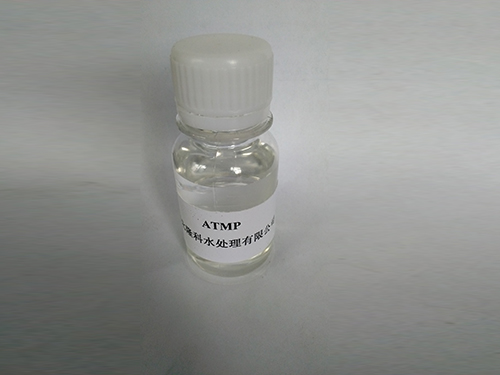polycarboxylic acid examples
Understanding Polycarboxylic Acids Examples and Applications
Polycarboxylic acids are organic compounds that contain multiple carboxyl groups (-COOH) in their molecular structure. These acids play a crucial role in various chemical processes and industries due to their unique properties. Their versatility makes them valuable in producing various materials, from polymers to pharmaceuticals. This article aims to explore some prominent examples of polycarboxylic acids, their properties, and their applications across different fields.
Common Examples of Polycarboxylic Acids
1. Citric Acid One of the most widely recognized polycarboxylic acids is citric acid, which contains three carboxyl groups. It is found naturally in citrus fruits and is a key player in the Krebs cycle, a fundamental metabolic pathway. Citric acid is widely used in food and beverage industries as a natural preservative and flavoring agent. Moreover, it serves as an acidulant and is incorporated in various cleaning products due to its ability to chelate metal ions.
2. Tartaric Acid Another notable example is tartaric acid, which contains two carboxyl groups. Found in grapes and responsible for the sharp taste of wine, tartaric acid plays a significant role in the wine industry. It is often used in the production of cream of tartar, a common baking ingredient. Additionally, tartaric acid's chiral properties make it essential in the synthesis of various pharmaceuticals and chiral drugs.
3. Malonic Acid With two carboxyl groups, malonic acid is another important polycarboxylic acid. It is a key intermediate in the synthesis of various pharmaceutical compounds and serves as a building block for the production of polymers. Notably, malonic acid is utilized in the preparation of barbiturates, a class of drugs that act as central nervous system depressants.
4. Succinic Acid This four-carbon dicarboxylic acid contains two carboxyl groups and serves as a crucial intermediate in the citric acid cycle. Succinic acid is used in various applications, including the production of biodegradable plastics, food additives, and pharmaceuticals. Its ability to enhance the flavor and acidity of food makes it a valuable ingredient in culinary applications.
polycarboxylic acid examples

5. Glutaric Acid Glutaric acid, another dicarboxylic acid, features five carbon atoms and two carboxyl groups. It is used in the synthesis of various polymers and as a building block for pharmaceuticals. Its derivatives are also explored for potential applications in materials science, particularly in the development of biodegradable plastics.
Applications Across Industries
Polycarboxylic acids find utility in numerous industries due to their diverse chemical properties. In the food and beverage sector, their acidity and preservative qualities make them essential in formulating products that meet safety and quality standards. They help in stabilizing flavors, enhancing taste, and prolonging shelf life.
In the pharmaceutical industry, polycarboxylic acids serve as critical intermediates in synthesizing drugs. Their functional groups facilitate reactions that yield various active pharmaceutical ingredients (APIs). Furthermore, the ability of these acids to form complexes with metal ions is harnessed in drug formulation, enhancing the efficacy and solubility of certain medications.
The polymer industry also benefits from the use of polycarboxylic acids, particularly in producing biodegradable materials. These acids can act as monomers or crosslinkers in polymer synthesis, contributing to developing sustainable products. As environmental concerns increase, the demand for biodegradable plastics derived from polycarboxylic acids is on the rise.
Conclusion
Polycarboxylic acids are indispensable components in various chemical processes and industries. Their diverse properties and functionalities pave the way for innovative applications in food, pharmaceuticals, and materials science. As research advances, the exploration of new polycarboxylic acid derivatives promises to unlock further potential, making these compounds integral to future developments in chemistry and industry. Whether through enhancing food preservation or contributing to sustainable material solutions, polycarboxylic acids will continue to play a vital role in our daily lives.
-
Water Treatment with Flocculant Water TreatmentNewsJun.12,2025
-
Polymaleic AnhydrideNewsJun.12,2025
-
Polyaspartic AcidNewsJun.12,2025
-
Enhance Industrial Processes with IsothiazolinonesNewsJun.12,2025
-
Enhance Industrial Processes with PBTCA SolutionsNewsJun.12,2025
-
Dodecyldimethylbenzylammonium Chloride SolutionsNewsJun.12,2025





